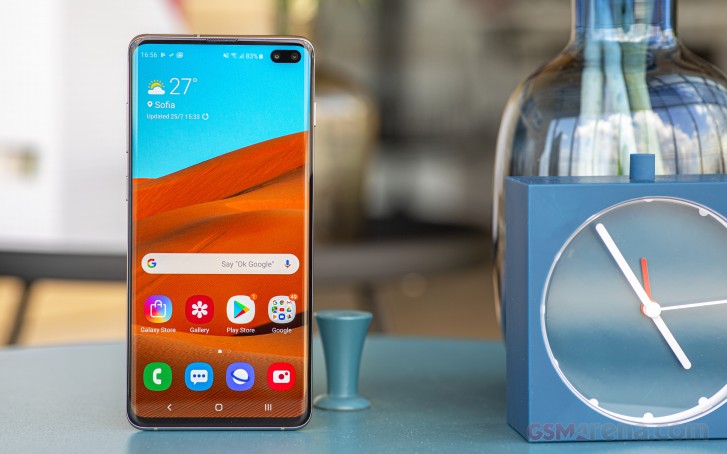
Xiaomi’s A-series just got a new member, the stock Android lineup welcoming the Mi A3. The phone is somewhat odd, offering a number of upgrades over last year’s Mi A2, but also a few downgrades.
The Mi A3 is powered by the Snapdragon 665 chipset based on the more efficient 11nm manufacturing process, but also sporting a slower CPU than the Mi A2’s S660.
The display is virtually the same according to the specs sheet in terms of size – 6.01″ vs 5.99″, you get less screen real estate. The taller aspect means you get less surface at the same diagonal and when you add the notch and space around it into the mix, the usable screen area gets much smaller than it used to be on the Mi A2.
You get an upgrade to a Super AMOLED panel as opposed to the LCD screens used in the previous generations, but also a resolution drop to 720p. At least the new technology allowed the company to put the fingerprint sensor under the panel rather than at the back.

The camera is where the most significant progress was made. The triple setup uses the popular 48MP sensor with Quad-bayer filter and f/1.8 aperture as the main module, alongside an 8MP ultra-wide cam and a 2MP depth sensor.

The front-facing snapper that sits on the notch is 32MP, once again using pixel binning and outputting 8MP selfies.

The phone is powered by a generous 4,030 mAh battery, which is a welcome increase over last year’s 3,000 mAh unit and still supports Quick Charge 3 capped at 18W.
Design-wise, the Mi A3 is a huge step up from its predecessor with a glass sandwich construction and aluminum side frame. Moreover, the back is protected by a Gorilla Glass 5 sheet. n.

Naturally, the handset comes with the latest Android 9.0 Pie pre-installed and is part of the Android One program for swift updates for two years.
But all of this is just scraping the surface. We still need to run our usual tests of the handset, which will be done in our full written review. Stay tuned to see if the Mi A3 really is a big upgrade over the Mi A2 and if it’s worth the price hike.
You get an upgrade to a Super AMOLED panel as opposed to the LCD screens used in the previous generations, but also a resolution drop to 720p. At least the new technology allowed the company to put the fingerprint sensor under the panel rather than at the back.
The camera is where the most significant progress was made. The triple setup uses the popular 48MP sensor with Quad-bayer filter and f/1.8 aperture as the main module, alongside an 8MP ultra-wide cam and a 2MP depth sensor.
The front-facing snapper that sits on the notch is 32MP, once again using pixel binning and outputting 8MP selfies.
The phone is powered by a generous 4,030 mAh battery, which is a welcome increase over last year’s 3,000 mAh unit and still supports Quick Charge 3 capped at 18W.
Design-wise, the Mi A3 is a huge step up from its predecessor with a glass sandwich construction and aluminum side frame. Moreover, the back is protected by a Gorilla Glass 5 sheet. n.
Naturally, the handset comes with the latest Android 9.0 Pie pre-installed and is part of the Android One program for swift updates for two years.
But all of this is just scraping the surface. We still need to run our usual tests of the handset, which will be done in our full written review. Stay tuned to see if the Mi A3 really is a big upgrade over the Mi A2 and if it’s worth the price hike.
Author: Ro
Source: GSMArena
Xiaomi Android In for review Featured Hands-on



